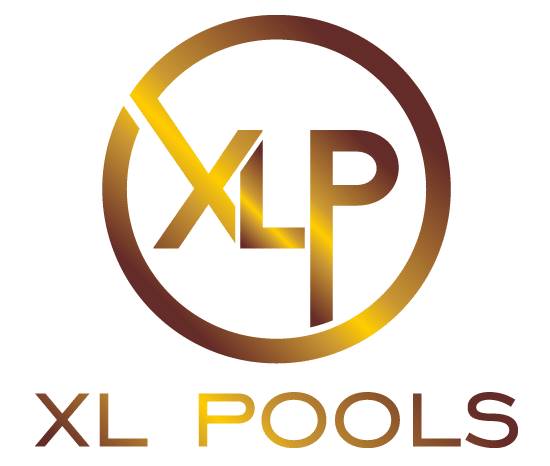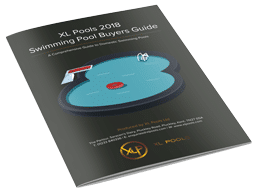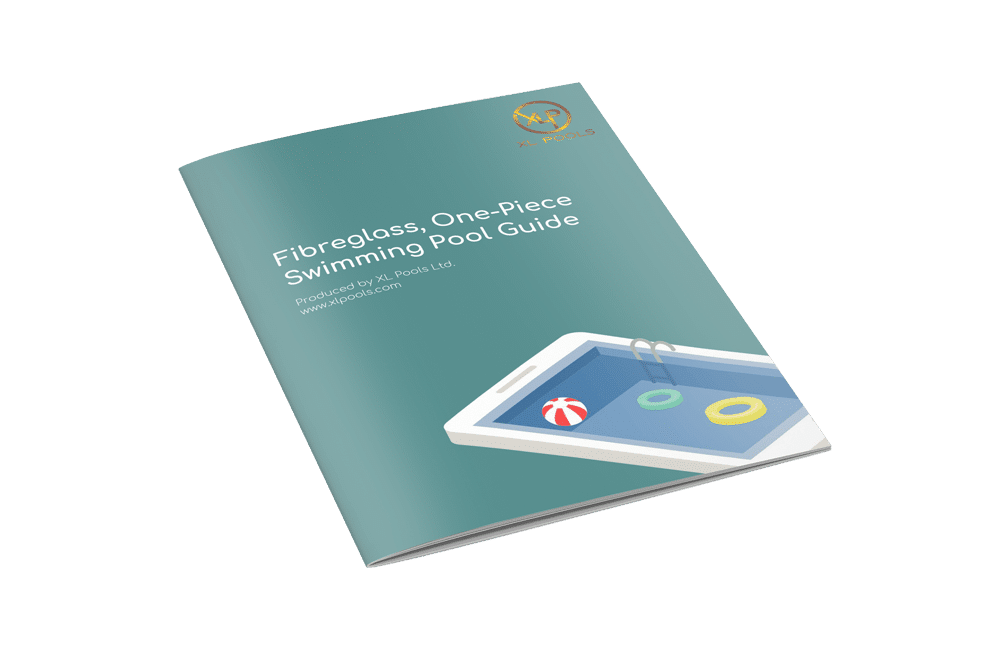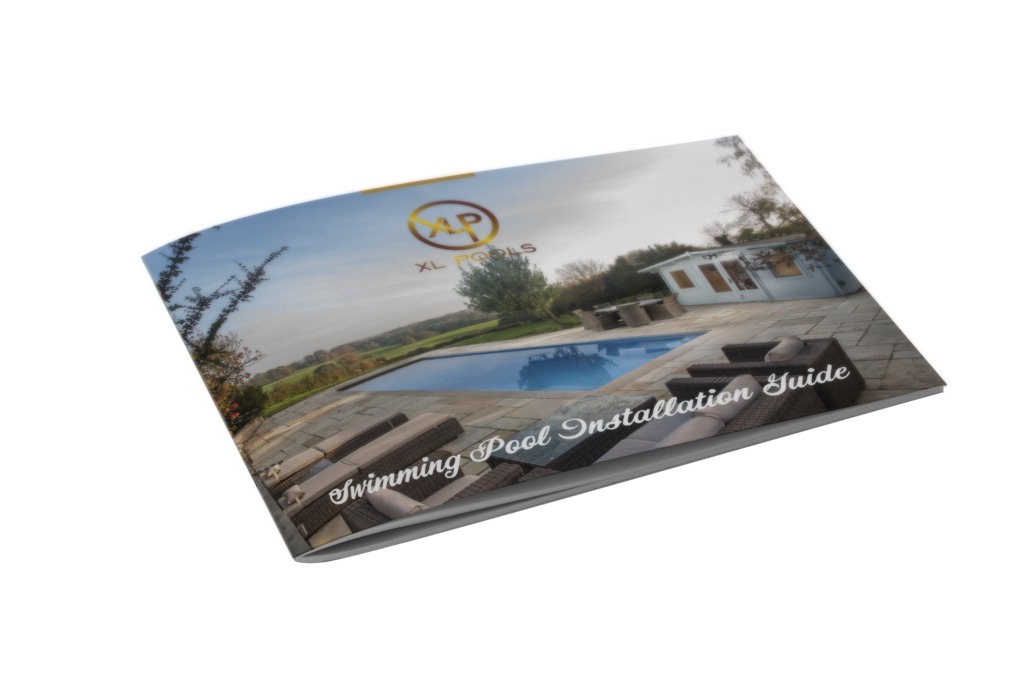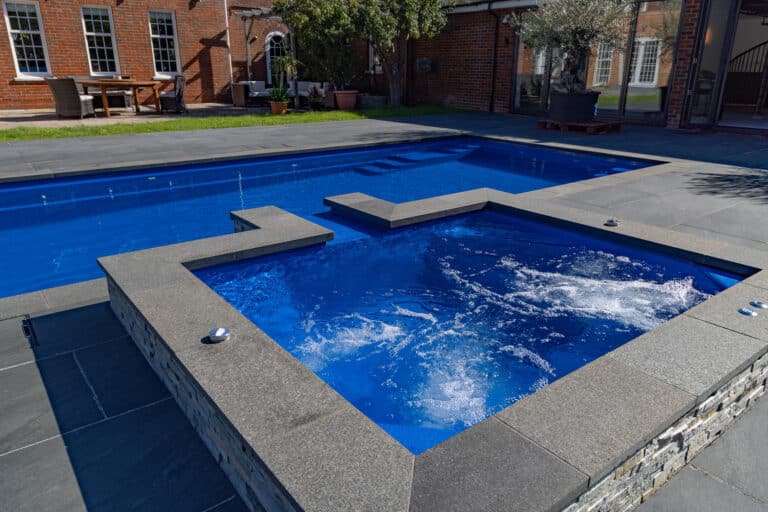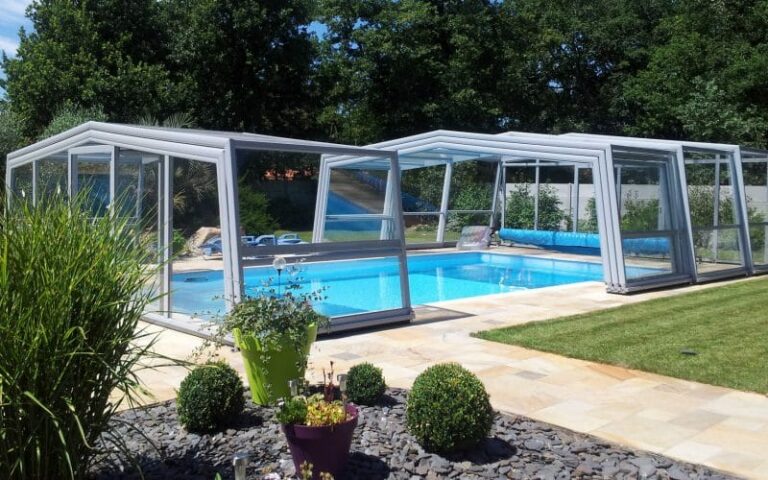There are essentially two different types pool heating systems, primary and secondary.
A primary system is a system where the home owner sets thermostatic controls at their desired temperature (typically between 22°C and 30°C), and the heating system will, as long as it was correctly sized, specified and installed, operate up to and until the water reaches that desired set temperature, irrespective of external factors like the ambient temperature, the weather, amount of sunshine etc, and then maintains it at that temperature, again, irrespective of any outside influences.
A secondary system will raise the water temperature, but is dependent on outside factors which will impact its performance, such as the weather, ambient temperature, sunshine etc. They generally cannot guarantee that the pool water will actually reach the required temperature. A secondary system is generally installed as a back-up to a primary system, as they normally offer considerable running cost savings when conditions are in their favour, with the primary system able to take over and make up any shortfall when they are not. For example, an air-source heat pump (secondary system) works very efficiently and cost-effectively when the weather is good and the ambient temperature relatively high. However, to heat the pool up from cold, or during periods when the ambient temperature is low and a heat pump does not work as effectively, a gas heater (primary system) can be switched on to make sure the desired set temperature is reached.
With such a range of options available, sizing and specifying a heating system (or a combination of systems) is always done in close consultation with the client, and should take into account their budget, available fuels and the relative costs of using them, relative on-going maintenance costs, and the views and desires of the client (for example, in a situation where it may be found that it’s less expensive to specify a gas powered system, but the client has strong views on reducing their environmental impact, which would lean more towards a renewable heating system). There are also practical considerations like the physical size of the equipment and its fuel storage requirement versus the plant room specified to house it which may also play a part in dictating what is specified and installed.
Primary heating systems:
High performance fuel oil heater
In dedicated swimming pool oil heaters, domestic fuel oil is burned, heating up a fluid in a closed loop to a high temperature. This fluid is circulated through a series of stainless or titanium tubes which are in contact with the pool water, which heats up as a result.
High performance gas boiler
The same working principle as with a fuel oil boiler (above), but using natural gas, LPG or butane as the fuel source.
NB: Propane (LPG) and butane solutions offer the same advantages as natural gas if mains gas is not available to your client. However, the running costs are approximately 280% as high, so this solution is extremely expensive to run in comparison.
Electric heating.
A dedicated swimming pool electric heater is much like a domestic electric heating system where pool water is circulate through a chamber where it comes into contact with an array of stainless steel or titanium electric heating elements; but much larger to account for the much greater water volume. With ever increasing electricity prices it is seen as the least viable of the direct heating systems and tends only to be installed in situations where there really is no other alternative.
Air/water heat pump.
Heat pumps are gaining much coverage in the media for their green credentials and efficient performance, and are therefore also strongly gaining in popularity for heating pools, especially as the costs of fossil fuels continue to rise.
An air to water heat pump works by absorbing heat from the ambient air and transferring it to the pool water. The ambient air doesn’t itself have to be warm – even cool or cold air has heat energy within it which a heat pump can extract though, clearly, the warmer the air, the more heat is available to extract, and the more efficiently the heat pump will operate. When used as a primary heating source, the heat pump must be sized to perform at maximum efficiency during the coldest days of the year that the consumer intends to swim in, to ensure it can keep up with demands.
Pool water heat exchanger.
With new-builds, or in installations where the household domestic heating system is being overhauled/replaced, it’s possible to fit a pool water heat exchanger with thermostatic controls to tappings off the domestic heating system. In such instances, it is vital the heating demands at the peak period of the year for the pool water and its desired set temperature are used to calculate the heating capacity needed. The household heating system must then have enough spare capacity to cover the peak demand of the pool, as well as the rest of the house. With indoor pools, the demands of the air heating in the pool hall must also be taken into account and included in the sizing calculations.
Renewables – Biomass, pellet, and log burners.
Many consumers are looking to reduce their carbon footprint and their heating bills in the face of ever increasing fossil-fuel costs, and renewable heating systems are gaining in popularity in that respect. The specified fuel has a known calorific value so, subject to it always being available, and the heater being sized correctly to cope with the calculated demands. It is rare for a renewable heating system of this type to be specified dedicated to pool heating, and usually at least some or all of the household demand is met, and the pool fed via tappings to a pool water heat exchanger (as above).
Secondary heating systems:
Solar – EPDM rubber or PE plastic sun mats.
Solar ‘sun mats’ can be installed on either flat or sloping roofs as long as there is enough space. Manufacturers advise at least 67% of the pool area as mat area, but from experience we suggest 100% as more realistic and 150% as an optimal area. Pool water flows directly through the black mats directly and heat it through the direct action of the sun. Sophisticated systems have motorised valves linked to sensors which cut the supply of the pool water when the sun goes in and the ambient temperature drops where the system would actually act as a radiator of heat as opposed to an absorber.
Solar – Evacuated tube.
Evacuated tube solar systems are rapidly overtaking EPDM and PE matting as they are more efficient collectors of heat, converting the sun’s energy into heat. Whilst they will collect much greater quantities of heat on long, bright, sunny cloudless days than they do on short cloudy dull days, as one would expect, the point to note is that as long as sunlight reaches them, they still work to a degree, and are not reliant on ambient temperature either. However, as the sun is such an unreliable energy source here in the UK, it should only be considered as a secondary system. Electrical running costs can also be mitigated as well as heating by partnering with solar photovoltaic (PV) panels.
Air/water heat pumps.
As above, but specified and used as a secondary system to capitalise on its most efficient performance when ambient temperatures are high and much usable heat can be extracted from the surroundings, but with a primary heat source taking over when conditions are not in its favour and the primary source becomes the more efficient heating mechanism.
Ground/water heat pumps.
A heat pump as above, but with heat taken abstracted from a deep borehole drilled at the site of the heat pump as opposed to the ambient air. Whilst the capital costs are much higher (the cost of drilling the borehole – typically between 80m and 200m deep – needs to be factored in), the source of heat at this depth is constant and therefore more reliable all year round, as opposed to ambient air.
